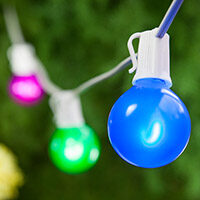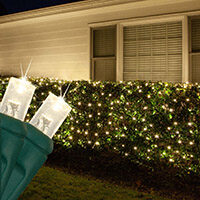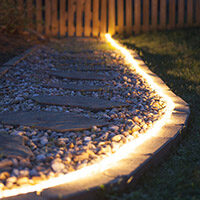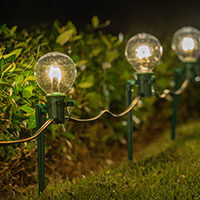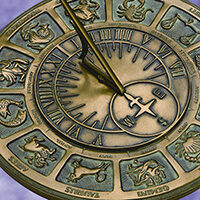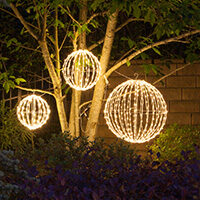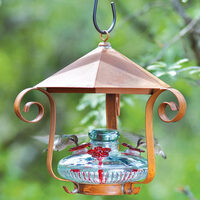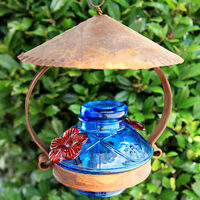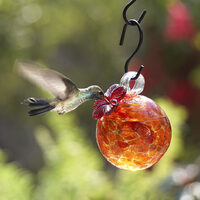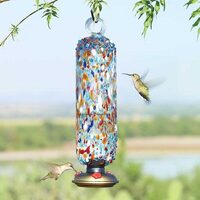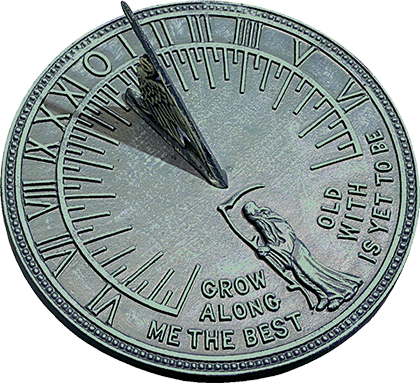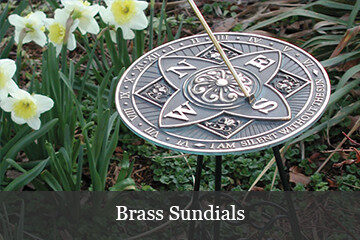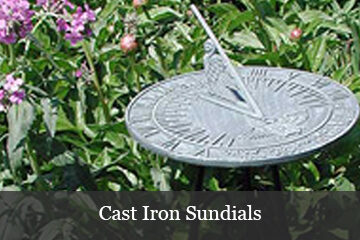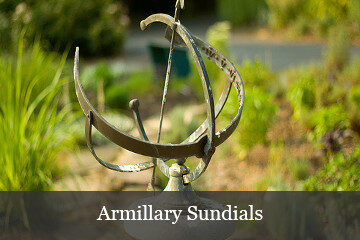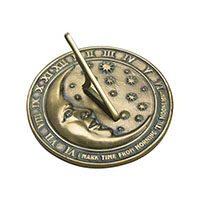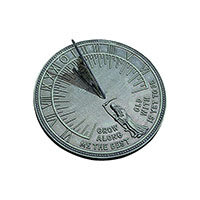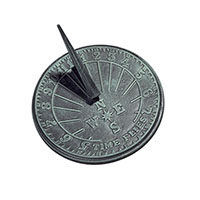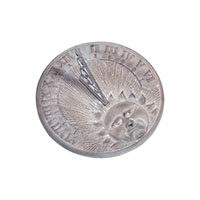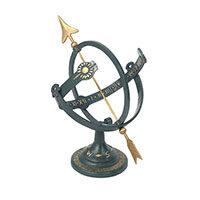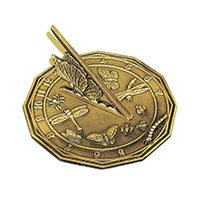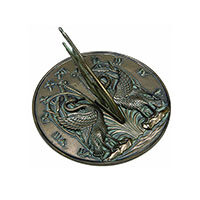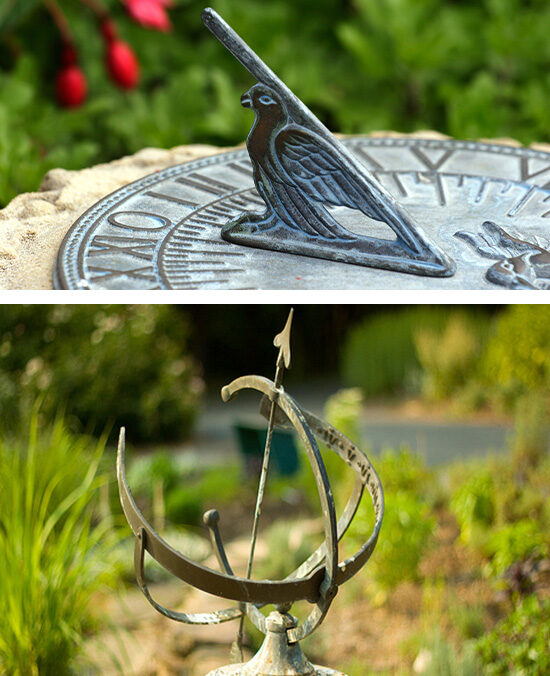Horizontal and Armillary Style Sundials
With the world moving quickly around us, sundials offer more than just a way to tell time. They are an artistic addition to our outdoor spaces which bring us closer to nature and history, providing a rare moment of reflection. The choice between a horizontal or armillary sundial is often based on aesthetics and completely dependent on personal design taste. However, there are a few notable distinctions.
Horizontal Sundials- As the name suggests, horizontal sundials or sundial plates as they are often called, lay flat across a surface or on top of a pedestal. horizontal sundials are easier to set for telling time than armillary sundials and often include meaningful sayings or inscriptions on their bases which draw the eye in for a closer look. As a result of their inscribed sentiments and meaningful designs, horizontal sundials are often given as gifts and tokens of remembrance.
Armillary Sundials- Credit for the invention of armillary sundials or "shadow clocks" as they are sometimes referred to can be attributed to the ancient Greeks. Their armillary globes were models of the universe with earth at its center which displayed how they believed the universe worked and how the stars moved around the Earth. Our armillary sundials are crafted with this ancient design in mind using connecting circles and an arrow shaped gnomon which creates a stunning focal point in a yard or garden. As the sun moves across the sky, shadows fall on the marked surface of the band indicating the current time. For their striking beauty and resemblance to an artifact out of the ancient world, armillary sundials are often displayed as an eye catching garden centerpiece. Whichever style you choose, sundials are an elegant conversation piece for any outdoor space.



